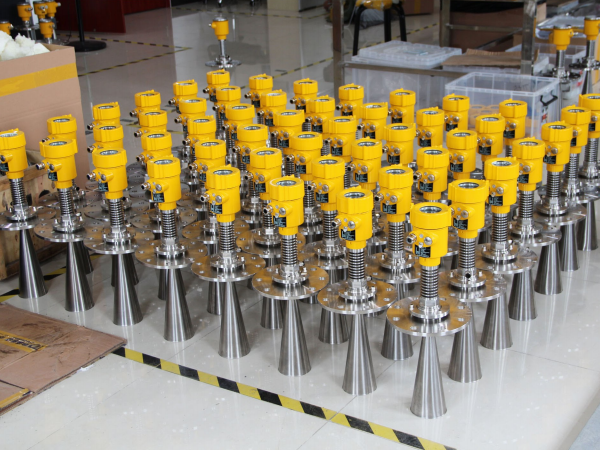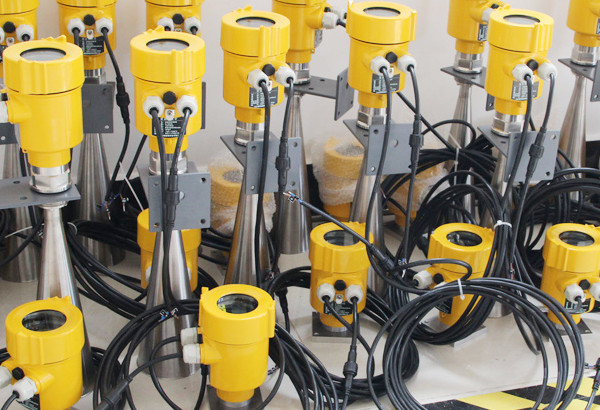Among industrial measurement technologies, radar level meters are popular for their high accuracy and reliability. However, even such advanced equipment has its limitations – so-called “dead spots”.
Today, we will interpret this phenomenon in depth and uncover the mystery of the blind area of radar level meters.

The radar level meter uses microwave signals to measure the height of the material in the container. When the microwave signal is emitted from the sensor and encounters the surface of the material, part of the signal will be reflected back to the sensor, and then the level of the material is calculated based on the time delay.
The process is similar to the principles of echolocation, but uses electromagnetic waves instead of sound waves. However, under certain conditions, these microwaves may not return to the sensor correctly, resulting in an inaccurate measurement or a complete loss of signal, creating a so-called “dead zone.” So, what causes this to happen?

The first thing that bears the brunt is the physical properties of the material surface. If the material surface is very rough or irregular, the microwaves are scattered in multiple directions and only a small portion is reflected back to the sensor. It’s like in a dense forest, sound is absorbed and scattered by the trees and branches, making it difficult to form a clear echo. In this case, the level gauge may not receive enough signal to make an accurate measurement.
Another factor is the mounting location and angle. If the installation position of the level meter is not suitable, or the angle is not adjusted to the optimal state, the microwave may hit the side wall of the container instead of being reflected directly back. It’s like you shouting into the valley, the sound propagates along the mountain wall, and ultimately cannot reach the direction you want.
In addition, microwaves propagate at different speeds in different media. When there is steam or other gases in the container, the propagation speed of the microwave will change, thus affecting the measurement results. This is like light traveling at different speeds in water of different densities, causing light to refract.

Now, let’s illustrate this concretely with some data and examples. Assume that a standard radar level meter has an effective measurement range of 20 meters in air, but in a high-density vapor environment, this range may be reduced to 15 meters or even lower.
If the actual material height of the container is close to this changed limit value, the level meter may not be able to detect the signal, forming a blind zone. One way to solve this problem is to use higher frequency microwaves because they are less sensitive to environmental changes.
Another method is to optimize the installation position and angle of the level meter to ensure that microwaves can be effectively reflected back to the sensor. At the same time, the measurement data can also be compensated through software algorithms to adapt to different environmental conditions.

The blind zone of radar level meter is a complex phenomenon involving material characteristics, installation conditions and environmental factors. Although there are challenges, through scientific analysis and appropriate adjustments, we can minimize the impact of the blind zone and ensure accurate measurement of the level meter.
As the ancients said: “Know yourself and the enemy, you can fight a hundred battles without danger.” An in-depth understanding of the working principle and potential problems of radar level meters will make us more comfortable in practical applications.
